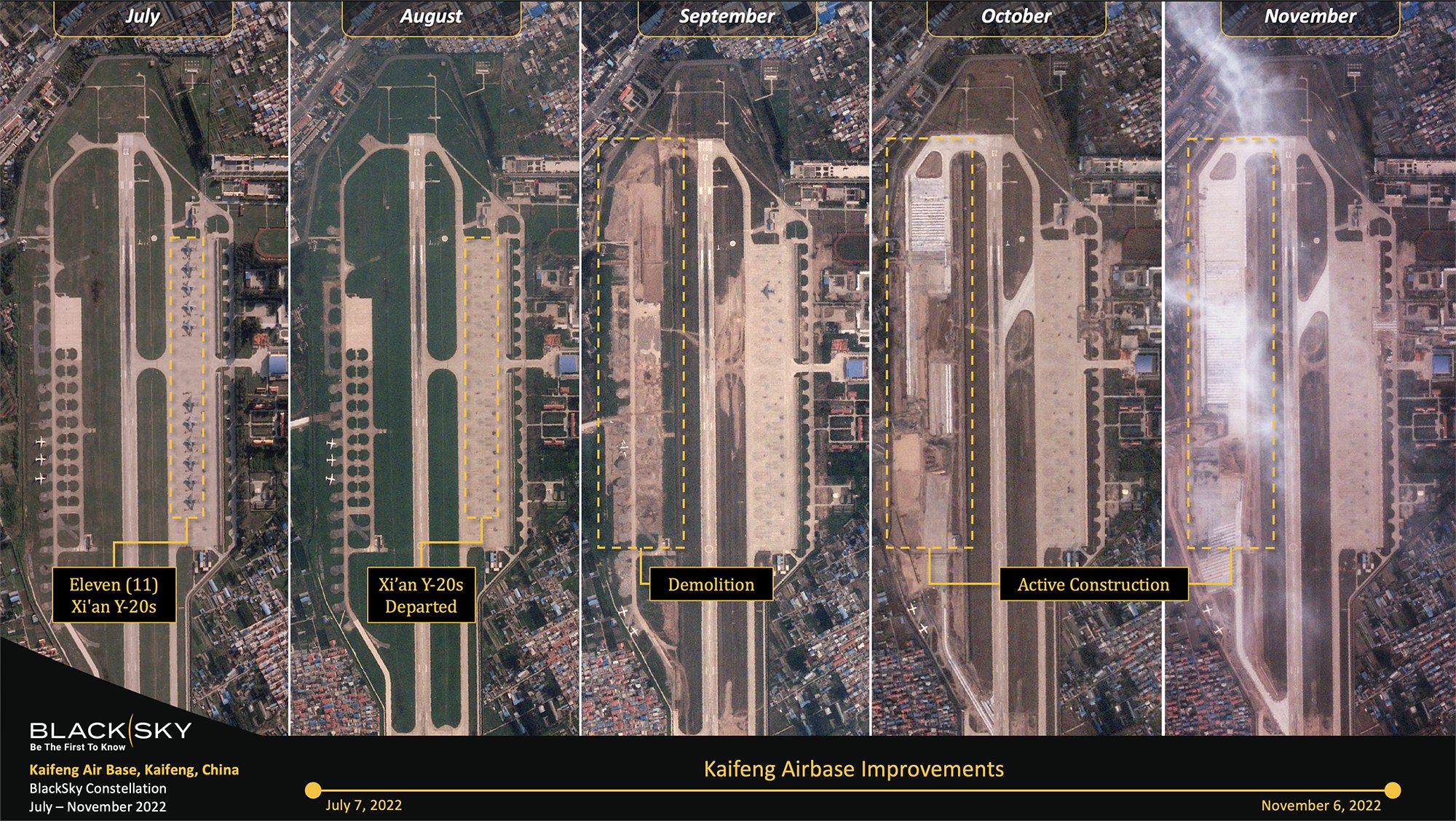$105 million is the initial investment for Antiaging company NewLimit and additional funding available upon reasonable progress. the Coinbase founder, Brian Armstrong, has a net worth of over $10 billion. They expect capital will not be the limiting factor for the next few years. They may raise external funding as well down the road.
What is different. Their goals is not to publish papers but to make products that lengthen peoples lives.
They are not trying to build an institute or academic minded organization where papers are more important than products. Our goal is to build an ambitious, well run, for-profit company that will deliver revenue generating products on the way toward accomplishing its much bigger objective.
Nextbigfuture notes that many people who have become wealthy via Cryptocurrency and blockchain and related businesses are heavy funders of aging reversal and aggressive antiaging companies. Vitalik Buterin created ethereum and has donated heavily to SENS. As cryptocurrency and blockchain create more billionaires and hectomillionaires (aka known with the incorrect metric prefix of centamillionaire) then there is and will be very solid funding for aging reversal. Billions and tens of billions per year going to solve antiaging will accelerate the science and medical progress and the implementation. Operation Warpspeed spent $12 billion of US government funding to develop COVID vaccines. Other governments spent billions to develop COVID vaccines and treatments. The biotech and pharma industries spent tens of billions to develop and launch the COVID vaccines and treatments.
NewLimit, a company co-founded by Brian Armstrong and Blake Byers with the mission of extending human healthspan.
NewLimit will start by deeply interrogating epigenetic drivers of aging and developing products that can regenerate tissues to treat specific patient populations. We will start by using primary human cells and reference species to develop machine learning models on what chromatin features change with age, which of these changes may be causal to the aging process, and finally develop therapies that could slow, halt, or reverse this process.
The last decade has seen a cambrian explosion in the tools we have to probe and better understand biology. Forget just sequencing DNA. We can now sequence the DNA, RNA, and epigenetics of single cells, in an entire tissue, and retain the spatial representation of where the cells were. We can now track single proteins in real time as they shuttle around a cell and perform their tasks. These toolkits enable a four magnitude increase in feature space that we can leverage to better understand biological systems.
Why epigenetics?
Fifteen years ago, a retrospectively obvious phenomenon was discovered: your cells are far more plastic than we had assumed. You can scrape a skin cell off your arm and reprogram it into a brain cell1. In fact, you can take a skin cell from an old mouse and clonally turn it into a newborn mouse with an entire life ahead of it2. Remarkably, to accomplish this magic, you only treat the cells with four types of proteins3. In a system as complex as mammalian biology, with billions of DNA base pairs and tens of thousands of proteins, all it takes is dosing four proteins for a couple weeks to completely change what the cell “is”. NewLimit plans to initially focus on this mechanism: epigenetic reprogramming. Put simply, we want to figure out a way to restore the regenerative potential we all had when we were younger, but somehow lost. The last year has emphasized this point on a global scale. We still do not know why the elderly have a weaker immune system and are more susceptible to infection and receive less protection from vaccines. You can go read all the textbooks and you won’t find any satisfying answers.
Will this technology be accessible to all?
Yes. Every breakthrough product, from cell phones to electric cars, started out with breakthroughs in basic science, which led to expensive early prototypes. But the cost of these products were driven down over time, to the point where they are becoming accessible to everyone. Some of these products take decades to get to lower costs, but we hope to move much faster than that. An example of potential with the right scale: Two years ago, mRNA therapeutics package in lipid nano particles (LNPs) were a product only reserved for expensive gene therapies, but in 2021 over a billion people received an mRNA LNP to immunize them against COVID for less than $20 a dose.
Brian Wang is a Futurist Thought Leader and a popular Science blogger with 1 million readers per month. His blog Nextbigfuture.com is ranked #1 Science News Blog. It covers many disruptive technology and trends including Space, Robotics, Artificial Intelligence, Medicine, Anti-aging Biotechnology, and Nanotechnology.
Known for identifying cutting edge technologies, he is currently a Co-Founder of a startup and fundraiser for high potential early-stage companies. He is the Head of Research for Allocations for deep technology investments and an Angel Investor at Space Angels.
A frequent speaker at corporations, he has been a TEDx speaker, a Singularity University speaker and guest at numerous interviews for radio and podcasts. He is open to public speaking and advising engagements.
Note: This article have been indexed to our site. We do not claim legitimacy, ownership or copyright of any of the content above. To see the article at original source Click Here













